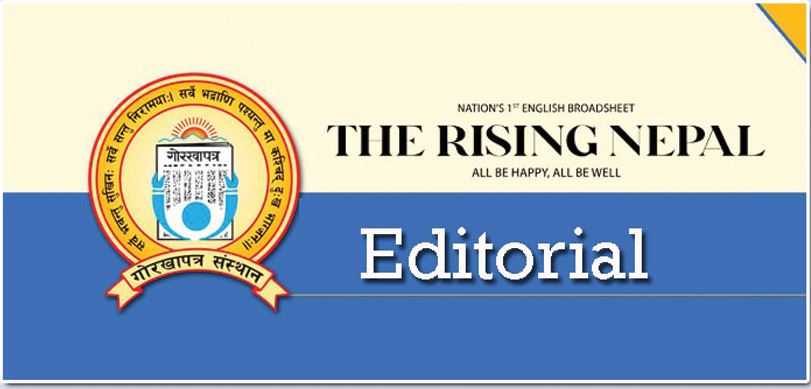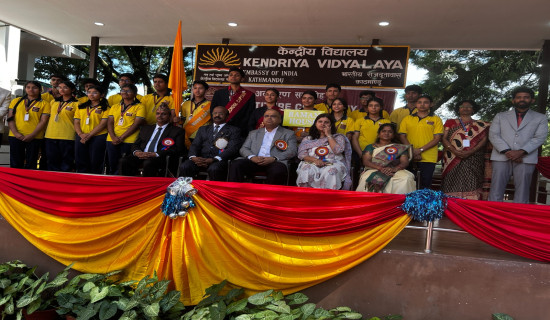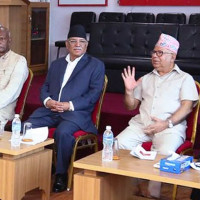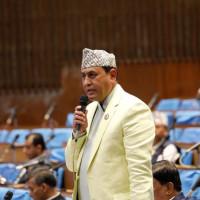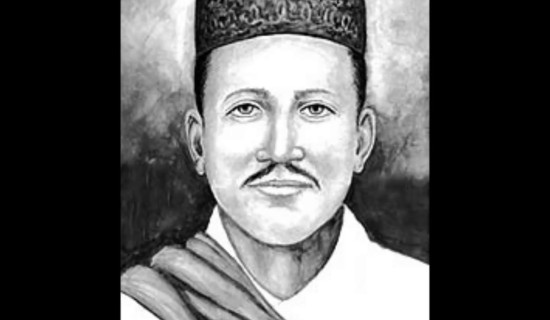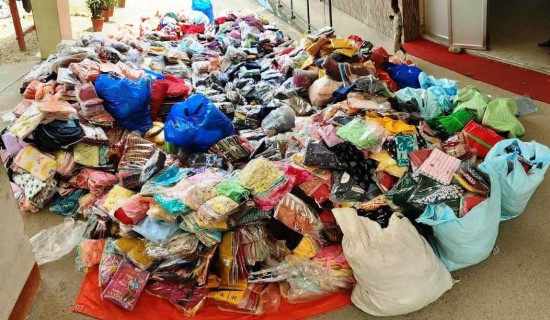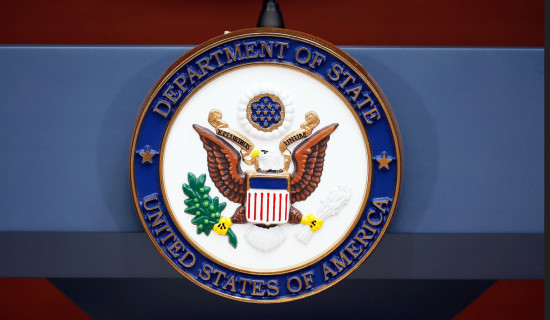- Saturday, 23 August 2025
Corruption Control Measures
In recent times, Nepal has witnessed an increased number of corruption cases, eroding public trust in governance and hurting the economic health of the nation. Several studies have shown that corruption is one important reason behind the entrenched poverty in society. When the taxpayers’ money meant for development and effective service delivery is embezzled, the construction of development projects, particularly the basic infrastructure related to health, education, road and transportation systems, takes a back seat. Corruption also hits governance efficiency, which disappoints the service-seekers. The cases of financial irregularities have taken place at different layers, from high corridors of power to the general public utilities. Greed, dishonesty, cynical attitude of public office holders and flagrant violation of laws, rules and regulations are some factors leading to the growing corruption cases. Loopholes in laws are exploited by those who can bend them with a nefarious nexus with politicians and the recruitment of high-profile lawyers in the court proceedings.
Corruption and good governance cannot go hand in hand. In order to curb corruption, the government has taken scores of institutional measures and put anti-graft bodies in place for this purpose. Despite these steps, the graft cases have not gone down, denoting structural problems of governance and the mindset of the society. The Commission for the Investigation of Abuse of Authority (CIAA) has filed a corruption charge sheet against a large number of individuals in the fiscal year 2024/25. The implicated individuals include a former prime minister, former mayors, former chairmen, senior civil servants, and Nepal Telecom executives. The CIAA lodged a lawsuit at the Special Court against 92 persons, including a former prime minister, former ministers, a former chief secretary and a secretary, over the Patanjali land purchase scam in which land was acquired exceeding legal ceiling and at below-market rates and later sold for a higher profit.
Similarly, the CIAA has accused the former Nepal Telecom Managing Director Sunil Paudel of misappropriating Rs. 334.9 million in the company’s billing system upgrade. Paudel has been implicated in other financial abuses related to the procurement of RISC, HCI, security appliances and network equipment. Corruption is not limited to the ministries and government departments; it occurs in every place where financial transactions are carried out. For example, officials at the Pashupati Area Development Trust (PADT) have been charged with misappropriating Rs. 103 million in the procurement of electric cremation machines. It is hardly believed that the officials siphon off money allocated for sacred religious purposes. Now, what is more worrying is that the elected officials and ministers in provinces and local bodies are found to be involved in financial misappropriations. These subnational entities are supposed to work for the well-being of the grassroots people, not to drain the state coffers.
In view of the rising number of complaints with regard to the corruption cases, the CIAA needs to increase its institutional capacity with adequate human and financial resources. Against this backdrop, the anti-graft body has brought four strategic pillars, 20 programmes, 75 activities, and 39 measurable targets under its five-year plan, with a clear focus on curative, preventive, and promotional measures. It has conducted 282 community school education programmes against corruption, established forensic labs, polygraph testing rooms, and statement recording facilities, while making optimal use of information technology. These facilities can improve efficiency in investigating corruption cases and filing them at the Special Court in time.

